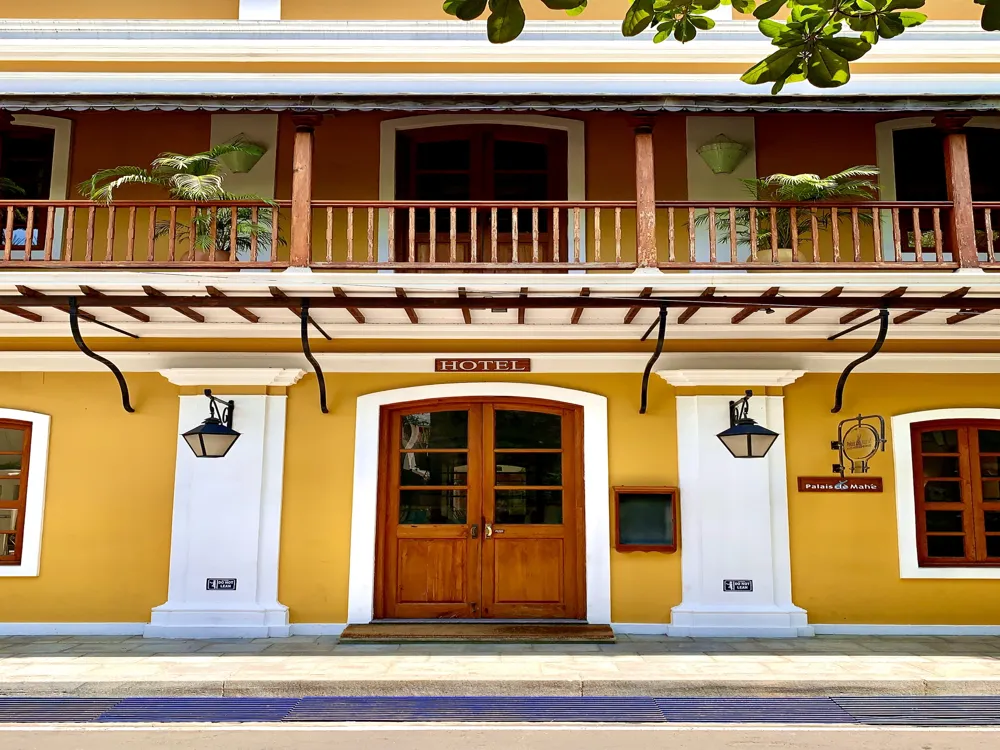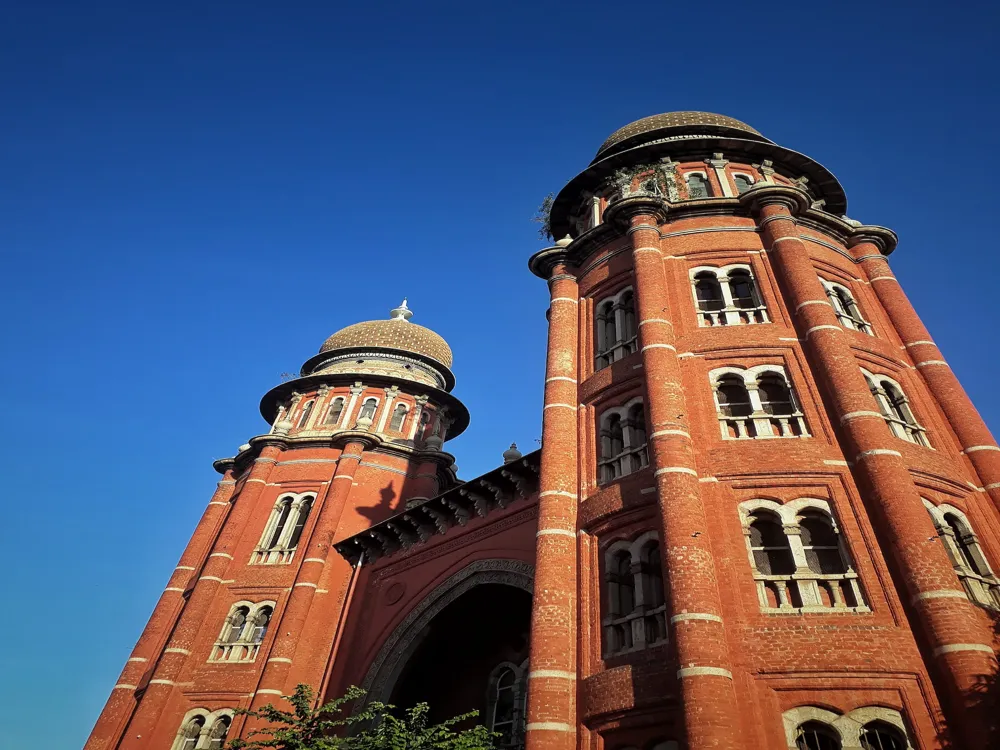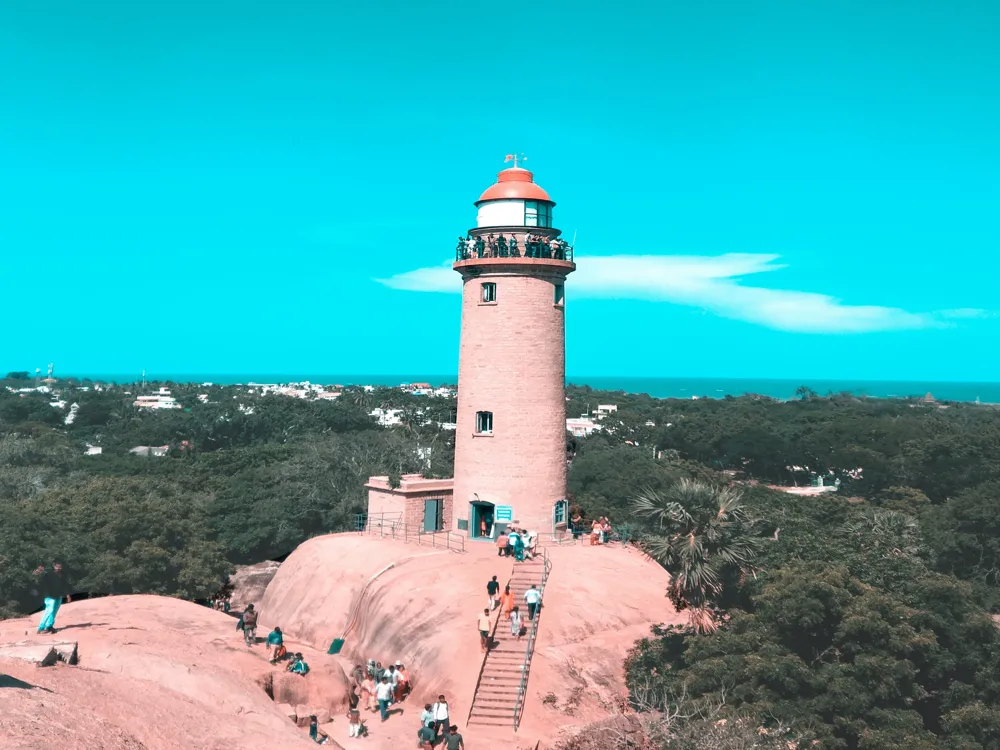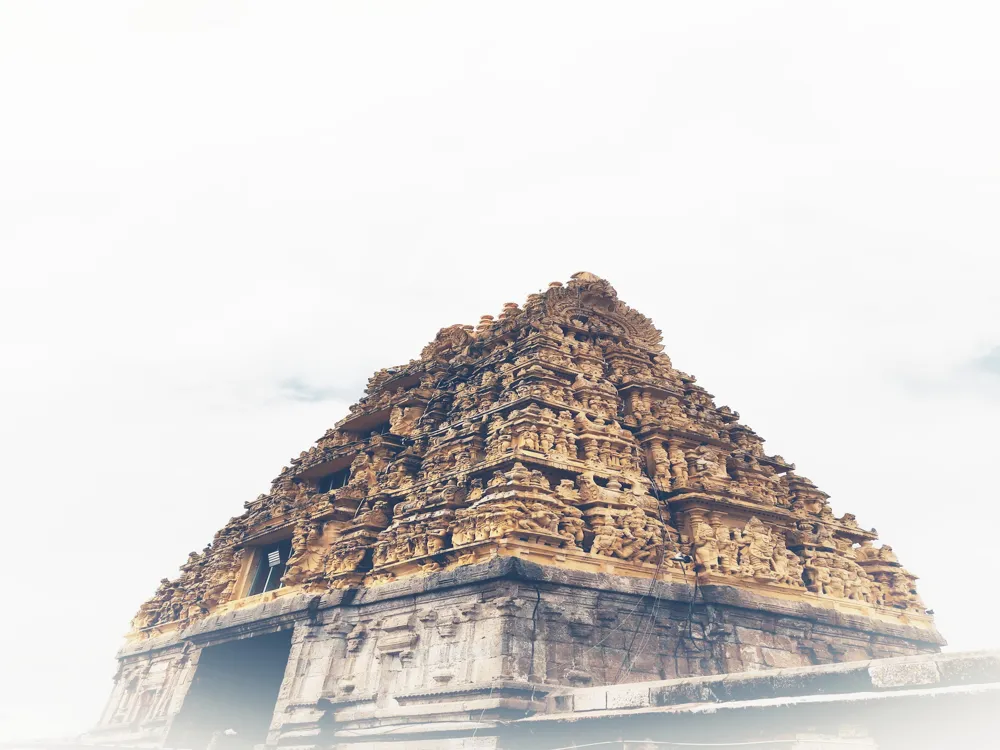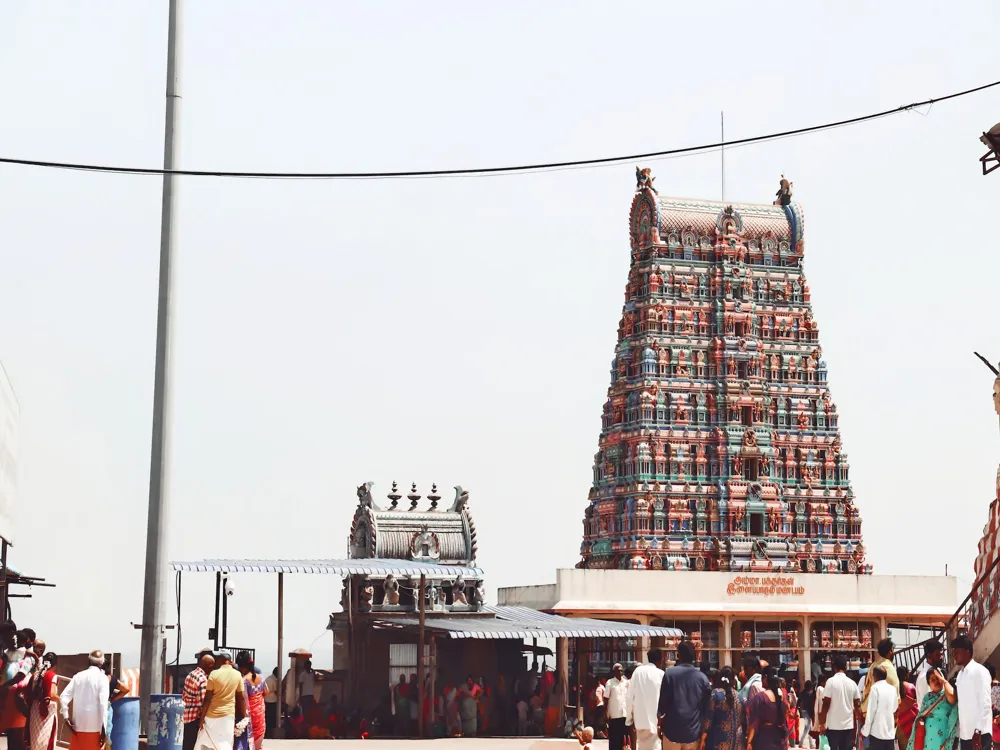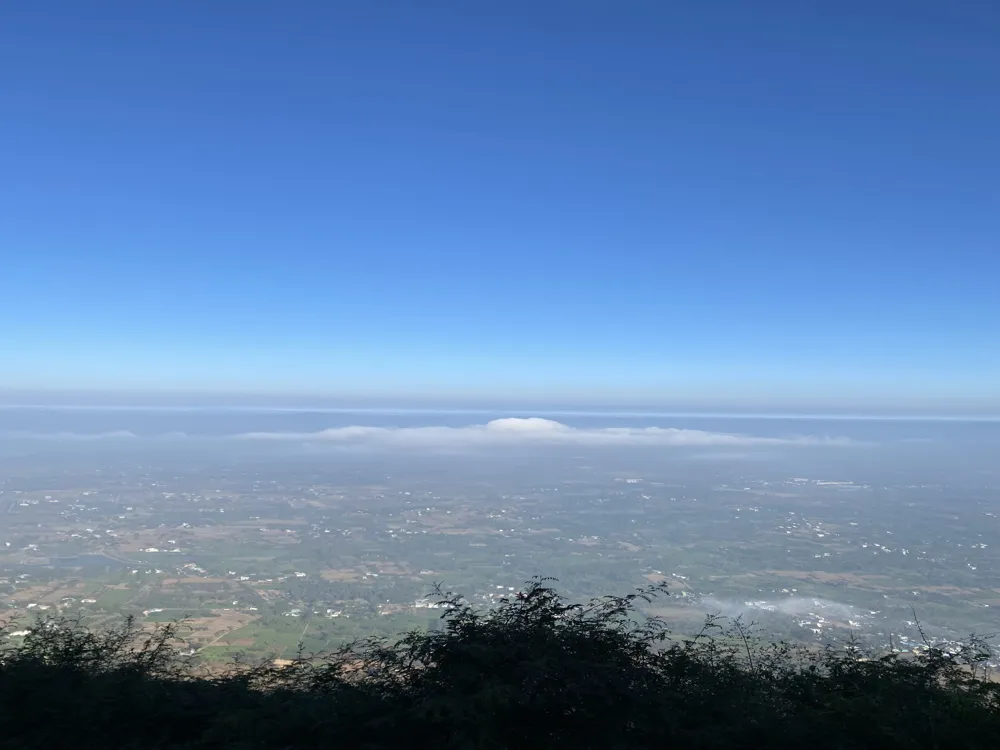Kanchi Kamakoti Peetam, located in Kanchipuram, Tamil Nadu, is a prominent spiritual center and a beacon of Hindu tradition. Established by the revered sage Adi Shankaracharya in the 8th century CE, this peetham has been a guiding light in the propagation of Advaita Vedanta. The town of Kanchipuram, also known as the 'City of Thousand Temples', holds a significant place in Hindu culture, with Kanchi Kamakoti Peetam being one of its jewels. The Peetam's history is intertwined with the rich tapestry of Indian spirituality. Over the centuries, it has been led by a lineage of Acharyas, who have upheld the principles of Sanatana Dharma. The Peetam not only serves as a religious center but also as an institution that fosters Vedic learning, traditional arts, and cultural heritage. The Kanchi Kamakoti Peetam holds immense significance in Hinduism. It is considered one of the five major 'Pancha Peethams' established by Adi Shankaracharya. The Peetam symbolizes the unity and integrity of Hindu thought and philosophy, embodying the teachings of the Vedas and Upanishads. Devotees from all over the world visit this holy site to seek spiritual solace and enlightenment. Throughout its history, Kanchi Kamakoti Peetam has contributed significantly to the spiritual and social fabric of India. It has been at the forefront of numerous charitable, educational, and social initiatives, providing aid and support to various communities. The Peetam also plays a pivotal role in preserving and promoting Sanskrit and the ancient Vedic traditions. The architecture of Kanchi Kamakoti Peetam is a splendid example of ancient Indian temple architecture, reflecting the Dravidian style. The complex houses several small temples, shrines, and a ‘Matha’ (monastery), each adorned with intricate carvings, sculptures, and murals that narrate tales from Hindu mythology. The central temple, dedicated to Goddess Kamakshi, stands as a testament to the architectural genius of the ancient artisans. The towering Gopurams (gateway towers), adorned with detailed carvings and statues, are not just architectural marvels but also symbolize the divine presence. The layout of Kanchi Kamakoti Peetam is in accordance with ancient Agama Shastra principles, symbolizing a cosmic diagram that represents the universe. The various shrines and halls within the complex are strategically placed to foster spiritual energy and harmony. The intricate designs and patterns on the walls and pillars of the temple depict various deities and mythological scenes, creating an atmosphere of divine reverence. The art and sculpture of Kanchi Kamakoti Peetam are not merely decorative elements; they hold deep religious and philosophical significance. Each sculpture and mural tells a story from the Hindu epics, serving as a visual representation of the sacred texts. These artworks also serve as a medium for devotees to connect with the divine, transcending language and cultural barriers. Efforts have been made to preserve the architectural heritage of Kanchi Kamakoti Peetam. The temple authorities, along with various cultural organizations, work tirelessly to maintain and restore the ancient structures, ensuring that the legacy of this sacred site is passed down to future generations. Visitors to Kanchi Kamakoti Peetam are advised to adhere to a modest dress code, respecting the sanctity of the temple. Traditional Indian attire is preferred. It's important to maintain a decorum of silence and respect within the temple premises. The ideal time to visit Kanchi Kamakoti Peetam is during the cooler months from October to March. The temple also celebrates various festivals throughout the year, with special rituals and ceremonies, offering a unique spiritual experience. Photography is restricted in certain areas of the temple complex. Visitors are advised to follow the guidelines and respect the privacy of the devotees and the sanctity of the rituals being performed. Kanchi Kamakoti Peetam is well-connected by road, rail, and air. The nearest airport is Chennai International Airport, from where Kanchipuram is approximately a 70 km drive. Kanchipuram has its own railway station, connecting it to major cities in India. Regular bus services are also available from nearby cities and towns. The road network to Kanchipuram is excellent, with several state and national highways connecting it to major cities. Buses, taxis, and private vehicles are convenient options to reach the Peetam. Kanchipuram is well-connected by train to major cities like Chennai, Bangalore, and Hyderabad. The railway station is situated in the heart of the city, making it a convenient option for travelers. For international and distant domestic travelers, Chennai International Airport is the nearest airport. From the airport, one can hire a taxi or take a bus to reach Kanchipuram. Read More:Overview of Kanchi Kamakoti Peetam, Kanchipuram, Tamil Nadu
Significance in Hinduism
Spiritual and Social Contributions
Architecture of Kanchi Kamakoti Peetam
Temple Layout and Design
Significance of Art and Sculpture
Preservation of Heritage
Tips When Visiting Kanchi Kamakoti Peetam
Dress Code and Etiquette
Best Time to Visit
Photography Restrictions
How To Reach Kanchi Kamakoti Peetam
By Road
By Train
By Air
Kanchi Kamakoti Peetam
Kanchipuram
Tamil Nadu
NaN onwards
View kanchipuram Packages
Weather :
Tags : Temple
Timings : 12:00 AM - 12:00 PM
Time Required : 1-2 hours
Entry Fee : No entry fee
Planning a Trip? Ask Your Question
Kanchipuram Travel Packages
View All Packages For Kanchipuram
Top Hotel Collections for Kanchipuram

Private Pool

Luxury Hotels

5-Star Hotels

Pet Friendly
Top Hotels Near Kanchipuram
Other Top Ranking Places In Kanchipuram
View All Places To Visit In kanchipuram
View kanchipuram Packages
Weather :
Tags : Temple
Timings : 12:00 AM - 12:00 PM
Time Required : 1-2 hours
Entry Fee : No entry fee
Planning a Trip? Ask Your Question
Kanchipuram Travel Packages
View All Packages For Kanchipuram
Top Hotel Collections for Kanchipuram

Private Pool

Luxury Hotels

5-Star Hotels

Pet Friendly












